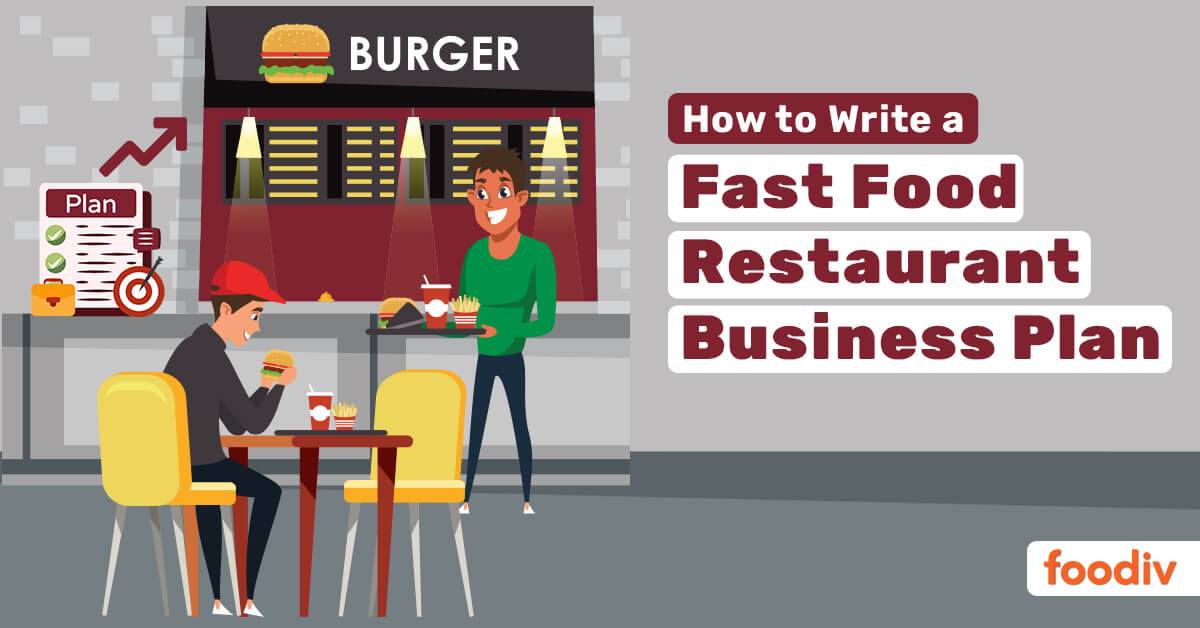 The fast food industry is one of the most dynamic and lucrative sectors worldwide. According to recent reports, the global fast food market is projected to reach over $931.7 billion by 2027, growing at a compound annual growth rate (CAGR) of 4.6%. This immense growth underscores the importance of having a well-structured fast food restaurant business plan to navigate this competitive landscape successfully.
The fast food industry is one of the most dynamic and lucrative sectors worldwide. According to recent reports, the global fast food market is projected to reach over $931.7 billion by 2027, growing at a compound annual growth rate (CAGR) of 4.6%. This immense growth underscores the importance of having a well-structured fast food restaurant business plan to navigate this competitive landscape successfully.
Starting a fast food restaurant is an exciting venture, but it requires careful planning and a clear strategy. A robust fast food restaurant business plan is crucial for anyone starting a restaurant business. It lays out the goals, operational plans, and marketing strategies needed to ensure success in this competitive industry. Whether you’re envisioning a small local outlet or a large chain, your plan is the foundation for securing funding, managing operations, and standing out in the fast food market.
This guide will help you understand the essential components of a fast food business plan, highlight key strategies for success, and provide a practical sample for reference. By the end, you’ll have the knowledge and tools to create a winning fast food restaurant business plan tailored to your vision.
What is a Fast Food Restaurant Business Plan?
A fast food restaurant business plan is a comprehensive document that outlines the objectives, strategies, and operational plans for launching and managing a fast food restaurant. It serves as a roadmap, helping business owners define their goals, understand their target market, and determine the resources needed to succeed.
This type of plan is particularly critical for fast food businesses due to their high customer turnover and demand for operational efficiency. Unlike generic plans, a fast food business plan focuses on elements like simplified menus, efficient workflows, and scalability. It can also include details like fast food business name ideas to create a brand that resonates with your target audience.
By creating a well-thought-out fast food restaurant business plan, owners can attract investors, secure funding, and navigate the challenges of running a fast food establishment effectively.
Why You Need a Business Plan for Your Fast Food Restaurant
A fast food restaurant business plan is more than just a document—it’s a strategic tool that guides your business to success. Here are the key reasons why creating a comprehensive plan is essential:
- Securing Funding: Investors and lenders require a detailed plan to understand your vision and assess the viability of your business. A well-written plan demonstrates that you’ve carefully considered all aspects, from operational needs to financial projections.
- Defining Your Strategy: A business plan helps you focus on your restaurant’s unique value proposition and competitive advantage. Whether it’s offering innovative restaurant concepts or prioritizing speedy service, a solid strategy ensures your business stands out.
- Streamlining Operations: The plan serves as a roadmap, helping you organize processes, manage resources, and align your team’s efforts with your goals.
- Navigating Challenges: A well-thought-out plan includes contingency strategies to address unexpected issues. By integrating crisis management planning, you can ensure business continuity during challenges like supply chain disruptions or economic downturns.
- Embracing Technology: Incorporating technology integration into your plan, such as online ordering systems or self-service kiosks, boosts efficiency and enhances the customer experience.
Creating a detailed fast food restaurant business plan is an essential step in building a successful and sustainable business. It equips you with the insights and strategies needed to thrive in the competitive fast food industry.
Key Components of a Fast Food Restaurant Business Plan
A comprehensive fast food restaurant business plan is the cornerstone of success. It provides a clear framework for operations, marketing, and financial planning. Here’s a detailed breakdown of each component:
Executive Summary
The executive summary is a high-level overview of your business, designed to grab the attention of investors and stakeholders. It should:
- Clearly articulate your mission, vision, and the unique value your fast food restaurant brings to the market.
- Highlight your restaurant’s concept, whether it’s a drive-thru, dine-in, or delivery-focused model.
- Include key financial highlights, such as projected revenue and funding requirements.
- Summarize how your fast food business marketing strategies will attract and retain customers.
A strong executive summary acts as the “elevator pitch” for your business plan, making a lasting first impression.
Company Description
The company description provides detailed information about your restaurant. Include:
- The type of fast food restaurant you’re launching (e.g., quick service, casual dining).
- The cuisine you’ll serve and your restaurant concepts, such as health-focused meals, family-friendly options, or gourmet fast food.
- Information about your business structure, whether it’s a sole proprietorship, partnership, or corporation.
- A brief history or inspiration behind the restaurant, if applicable, to create a personal connection.
Your company description should position your business as a standout player in the fast food industry.
Market Analysis
A thorough market analysis demonstrates your understanding of the fast food industry and your target audience. Focus on:
- Customer Demographics: Define your ideal customers, including age, income level, and dining habits. For example, are you targeting busy professionals, college students, or families?
- Competitive Analysis: Identify your main competitors and evaluate their strengths and weaknesses. Highlight gaps in the market that your restaurant can fill.
- Industry Trends: Discuss trends like the demand for plant-based meals, eco-friendly packaging, or contactless ordering systems. Show how your business aligns with or capitalizes on these trends.
Backing your analysis with data adds credibility to your plan and builds confidence in your vision.
Organization and Management Structure
A solid organizational structure ensures smooth operations. Include:
- Details about key management roles and their responsibilities. For instance, a manager may oversee operations, while a marketing lead handles promotions.
- Information about your leadership team, such as their experience and skills, to build investor confidence.
- Integration of technology, like workforce management tools or scheduling software, to optimize team efficiency.
Highlighting the strengths of your team and your approach to management ensures your business is well-positioned for success.
Menu and Food Offerings
Your menu is the heart of your fast food business. In this section:
- Provide an overview of your offerings, from main dishes to sides, beverages, and desserts.
- Discuss pricing strategies that balance affordability with profitability.
- Mention any plans for limited-time offers or seasonal items to attract repeat customers.
- Highlight trends, like healthier meal options or international flavors, to align with consumer preferences.
Ensure your menu reflects the identity of your restaurant while meeting market demands.
Marketing and Sales Strategy
Your marketing and sales plan outlines how you’ll attract and retain customers. Key points to include:
- Brand Identity: Share creative ideas, such as memorable fast food business name, that resonate with your audience and reflect your brand’s values.
- Promotion Channels: Highlight strategies for online and offline marketing, including social media campaigns, email newsletters, and local partnerships.
- Sales Tactics: Discuss plans for loyalty programs, discounts, or bundled deals to boost customer engagement.
- Leverage technology, like delivery apps or mobile ordering platforms, to expand your reach and convenience for customers.
A clear and compelling marketing plan positions your business as a leader in the market.
Operational Plan
This section outlines the day-to-day operations of your fast food restaurant. Include:
- Staffing Requirements: Detail how many employees you’ll need and their roles.
- Suppliers and Inventory Management: Describe how you’ll source ingredients and manage stock levels to minimize waste.
- Technology Integration: Explain how tools like POS systems, self-service kiosks, and automated inventory management will streamline operations and reduce costs.
- Location Details: Provide information about your restaurant’s location and why it’s strategically chosen to attract customers.
A well-organized operational plan ensures efficiency and reliability in your business.
Financial Plan
The financial plan is critical for demonstrating the viability of your business. Include:
- Startup Costs: Break down expenses for equipment, leasing, marketing, and initial inventory.
- Revenue Projections: Provide realistic forecasts based on market analysis and operational plans.
- Break-Even Analysis: Show when your restaurant will start generating profit.
- Crisis Management Planning: Allocate contingency funds for unforeseen challenges, such as supply chain disruptions or economic downturns.
A detailed financial plan reassures investors and stakeholders about the stability and growth potential of your business.
By covering all these components thoroughly, your fast food restaurant business plan will serve as a reliable guide for launching and growing your restaurant. Each section should reflect your commitment to delivering a unique and successful dining experience.
Tips for Writing a Successful Fast Food Restaurant Business Plan
Crafting an effective fast food restaurant business plan requires careful thought and attention to detail. Here are some practical tips, detailed in paragraph format, to help you create a plan that sets your business up for success:
Keep It Concise and Clear
When writing your business plan, ensure every section is concise and to the point. Investors and stakeholders value clarity over length. Avoid overloading the reader with unnecessary details, and instead, focus on delivering essential information. Using short sentences and an active voice not only improves readability but also makes the document more engaging.
Use Real Data and Statistics
To make your plan credible, back up your claims with reliable data and statistics. For example, include information about market trends or customer demographics to support your chosen restaurant concepts. Financial projections should be based on realistic assumptions rather than overly optimistic forecasts, as data-backed insights build confidence in your business’s potential.
Highlight Your Unique Selling Proposition (USP)
Your business plan should clearly explain what makes your restaurant stand out. Whether it’s a specialized menu, a unique dining experience, or innovative restaurant marketing strategies, make your Unique Selling Proposition (USP) the focal point. A compelling USP ensures your business captures the attention of investors and customers alike.
Incorporate Technology and Innovation
Integrate details about how your restaurant will leverage technology to streamline operations and improve customer satisfaction. Mention tools like online ordering systems, mobile apps, or automated inventory management to showcase your commitment to technology integration. Highlight how these innovations will not only enhance efficiency but also future-proof your business.
Address Potential Challenges
Be transparent about potential risks and challenges your restaurant might face. For example, explain how your crisis management planning addresses situations like supply chain disruptions or fluctuating market conditions. By outlining proactive solutions, you demonstrate preparedness and resilience, which are qualities investors and partners value.
Make It Visually Appealing
Ensure your business plan is visually appealing to maintain the reader’s interest. Use charts and graphs to simplify complex data, such as financial projections or market analysis. Visual aids not only make your plan more engaging but also help readers better understand your ideas and strategies.
Revise and Edit Thoroughly
Before finalizing your business plan, review it multiple times to ensure all sections are cohesive and free from errors. Seek feedback from industry professionals or trusted advisors to refine your content further. A polished and well-structured plan demonstrates professionalism and attention to detail, increasing its chances of success.
By following these tips, you’ll craft a professional, persuasive, and practical fast food restaurant business plan that lays the foundation for a successful and sustainable business.
Sample Fast Food Restaurant Business Plan
A sample business plan provides practical insights into how to structure your own fast food restaurant business plan effectively. Here’s an overview of what a sample plan might look like, highlighting the key sections and strategies for success:
Executive Summary
“Our Fast Bites” is a quick-service restaurant that specializes in affordable and high-quality burgers, fries, and milkshakes. The restaurant’s mission is to provide a fast yet delightful dining experience for busy individuals and families. With a prime location in a bustling urban area, Fast Bites aims to capture the lunch and dinner crowds seeking convenience and flavor.
The initial funding requirement is $150,000, which will be used for location setup, equipment purchase, and marketing efforts. Revenue is projected to reach $500,000 in the first year, with a 25% profit margin by the end of year two.
Company Description
Fast Bites is a limited liability company founded by experienced restaurateurs. The restaurant’s concept combines a classic American fast food menu with modern touches, such as eco-friendly packaging and customizable meal options. Located in a high-traffic shopping district, the restaurant caters to professionals, shoppers, and students.
Market Analysis
The target audience consists of working professionals aged 20-45 and students seeking affordable and convenient meals. According to market research, fast food consumption in the area is growing by 10% annually. Competitor analysis shows a lack of quick-service restaurants offering customizable and sustainable menu options, presenting an opportunity for Fast Bites to fill this gap.
Menu and Food Offerings
The menu includes a selection of classic burgers, fries, and milkshakes, as well as healthier options like grilled chicken wraps and salads. Seasonal menu items will be introduced to keep the offerings fresh and appealing. Pricing is competitive, ranging from $5 to $12 per item, ensuring affordability without compromising quality.
Marketing and Sales Strategy
Fast Bites will use a mix of traditional and digital restaurant marketing strategies to attract customers. These include:
- Social media campaigns targeting local food enthusiasts.
- Promotions during opening week, such as free samples and discounts.
- A loyalty program that rewards repeat customers with free meals or discounts. The restaurant will also leverage delivery platforms to expand its reach and increase sales.
Operational Plan
Fast Bites will operate seven days a week, with peak hours from 11 a.m. to 2 p.m. and 5 p.m. to 8 p.m. Staff roles include a general manager, chefs, and front-of-house employees. Technology integration, such as a POS system and inventory management software, will ensure smooth operations and minimize waste.
Financial Plan
Startup costs include $50,000 for leasing and renovations, $30,000 for equipment, $20,000 for marketing, and $50,000 for initial inventory and working capital. Revenue streams include dine-in, takeaway, and delivery sales. With a focus on efficiency and cost management, the restaurant is expected to break even within eight months.
This sample plan serves as a blueprint to help aspiring entrepreneurs create their own fast food business plan example. Tailor each section to fit your restaurant’s unique concept and goals for the best results.
Common Mistakes to Avoid
Creating a fast food restaurant business plan can be a complex process, and even small mistakes can impact its effectiveness. Avoiding these common pitfalls will ensure your plan is professional, comprehensive, and persuasive.
Overlooking Financial Details
Failing to include accurate and detailed financial projections is a common mistake. Investors need to see a clear picture of your startup costs, revenue forecasts, and break-even analysis. Use tools to create precise financial data and include contingency plans to address potential risks.
Ignoring Target Demographics
A successful fast food restaurant caters to a specific audience. Neglecting to identify and analyze your target demographics can lead to a lack of direction. Research your ideal customers, including their age, income level, and dining preferences, to craft a plan that resonates with your audience.
Underestimating Competition
Many entrepreneurs fail to conduct a thorough competitive analysis. Understanding your competitors’ strengths and weaknesses allows you to differentiate your restaurant. Incorporate unique restaurant concepts or menu innovations that address gaps in the market.
Skipping Marketing Strategies
A strong marketing plan is essential for attracting customers, yet it’s often overlooked. Include detailed restaurant marketing strategies, such as digital advertising, loyalty programs, and partnerships with delivery platforms, to ensure your business gets noticed.
Not Planning for Crises
Unexpected challenges, such as supply chain disruptions or economic downturns, can derail a business without proper preparation. Failing to include crisis management planning in your business plan may leave you vulnerable. Outline strategies for handling unforeseen events to demonstrate resilience and foresight.
Neglecting Technology Integration
In today’s fast-paced world, technology is critical for operational efficiency. Ignoring tools like POS systems, self-service kiosks, or online ordering platforms can put your restaurant at a disadvantage. Highlighting technology integration in your plan shows that you’re prepared to meet modern customer expectations.
Failing to Personalize Your Plan
Using generic templates without customization can make your plan look uninspired. Tailor your business plan to reflect your restaurant’s unique vision, from your fast food business name to your menu and operational strategies. Personalization demonstrates your commitment and creativity.
By avoiding these mistakes, you can create a fast food restaurant business plan that is professional, comprehensive, and compelling. This ensures your business is well-prepared to attract investors and navigate the competitive fast food market.
How to Write a Food Truck Business Plan
Conclusion
An excellent fast food restaurant business plan is the foundation for launching a successful venture. It guides your decision-making, helps secure funding, and prepares you to face challenges with confidence. By focusing on key elements like market analysis, financial planning, and technology integration, your business will be positioned for long-term growth and adaptability.
Additionally, incorporating unique elements into your plan, such as innovative menu ideas and streamlined operations, ensures your restaurant stands out in a competitive market. Whether you’re drafting a plan for the first time or refining an existing concept, the strategies discussed in this guide will help you achieve your goals effectively.
With the right plan in place, you’ll be well on your way to turning your fast food restaurant vision into reality.


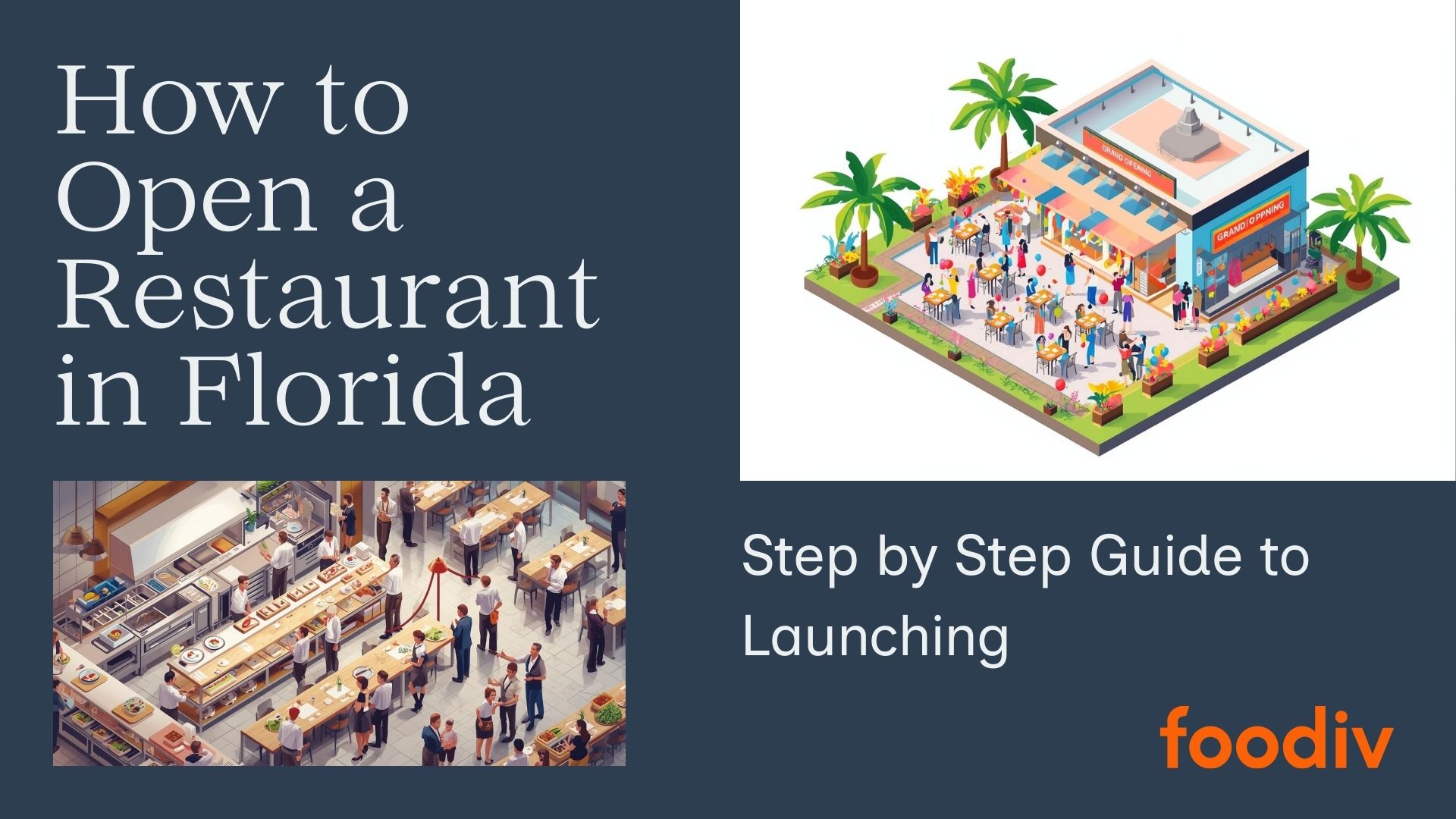
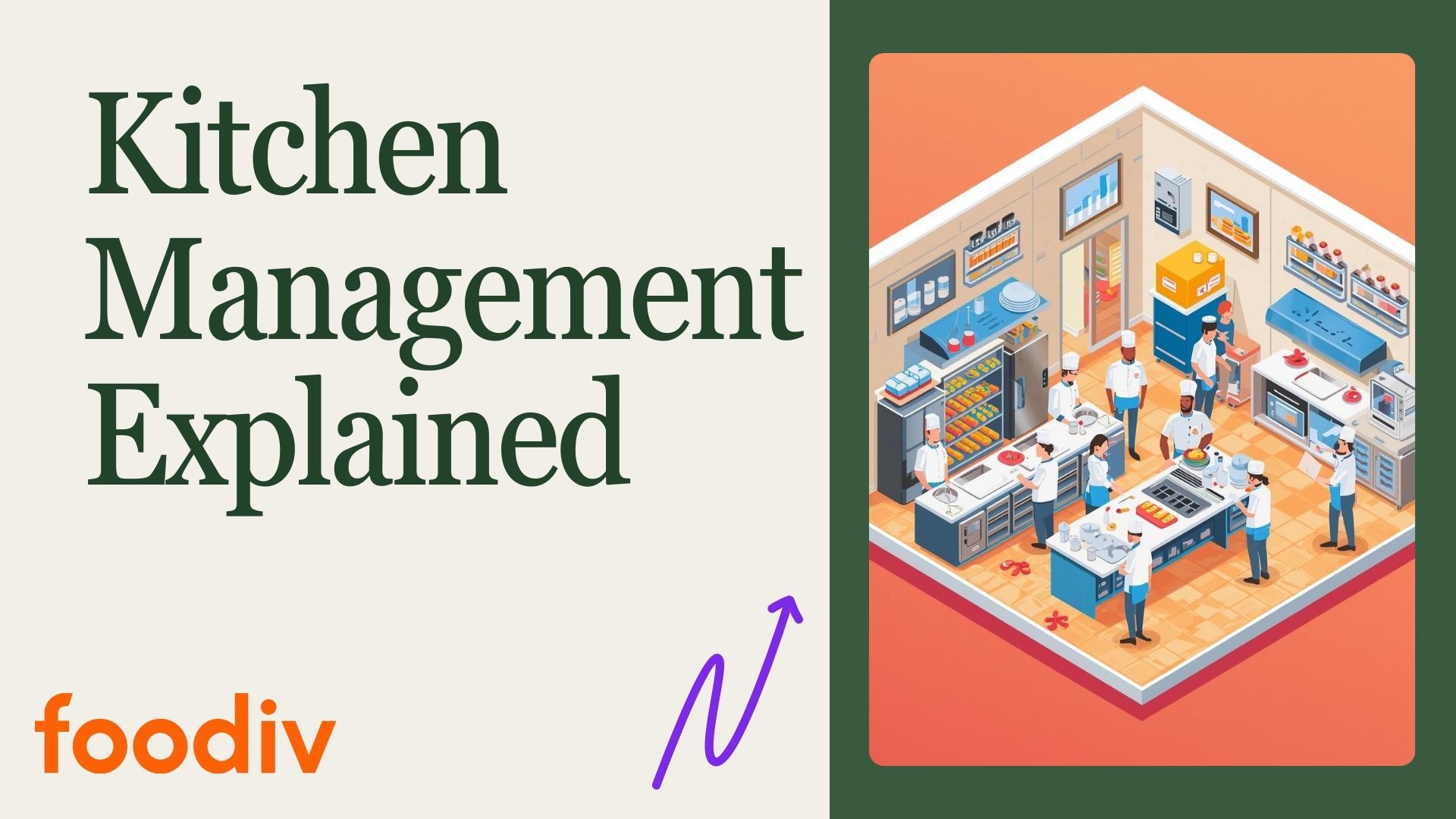
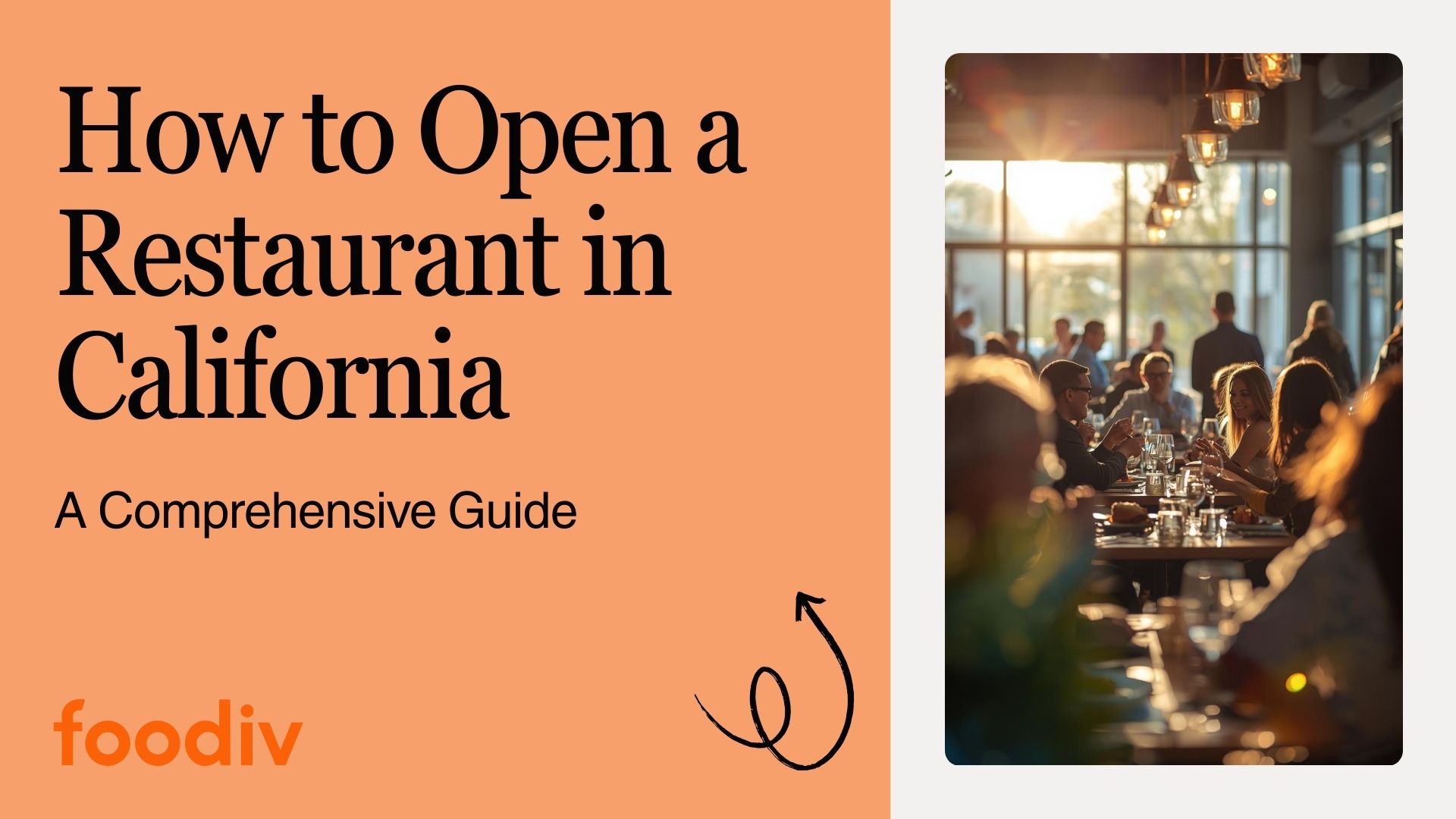
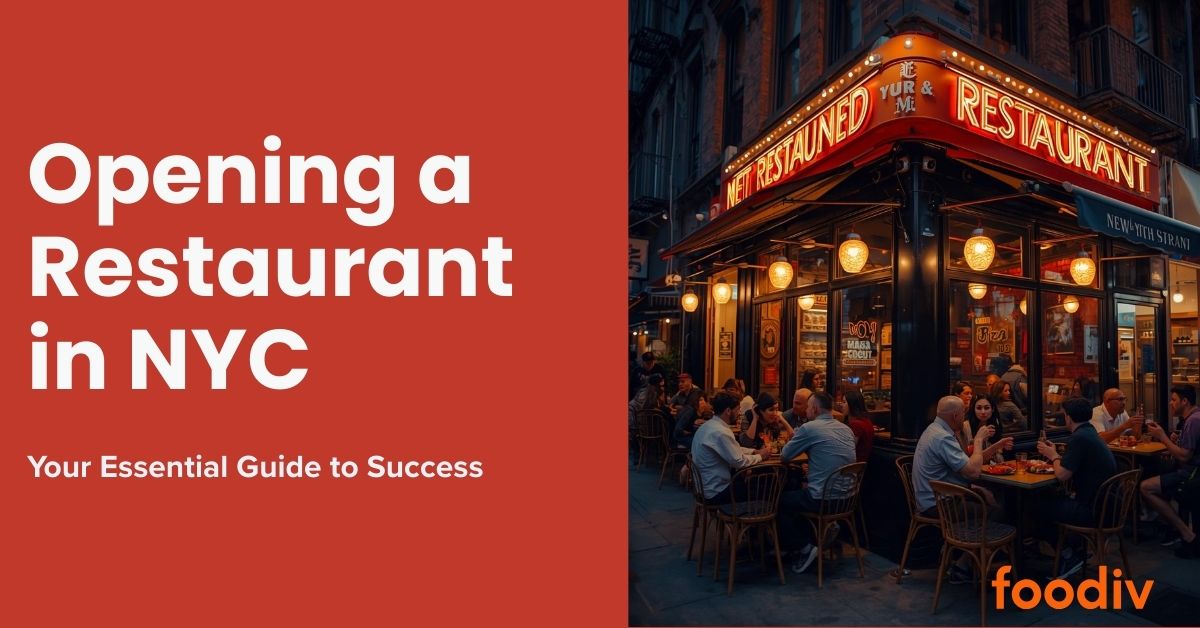


 The fast food industry is one of the most dynamic and lucrative sectors worldwide. According to recent reports, the global fast food market is projected to reach over
The fast food industry is one of the most dynamic and lucrative sectors worldwide. According to recent reports, the global fast food market is projected to reach over 

